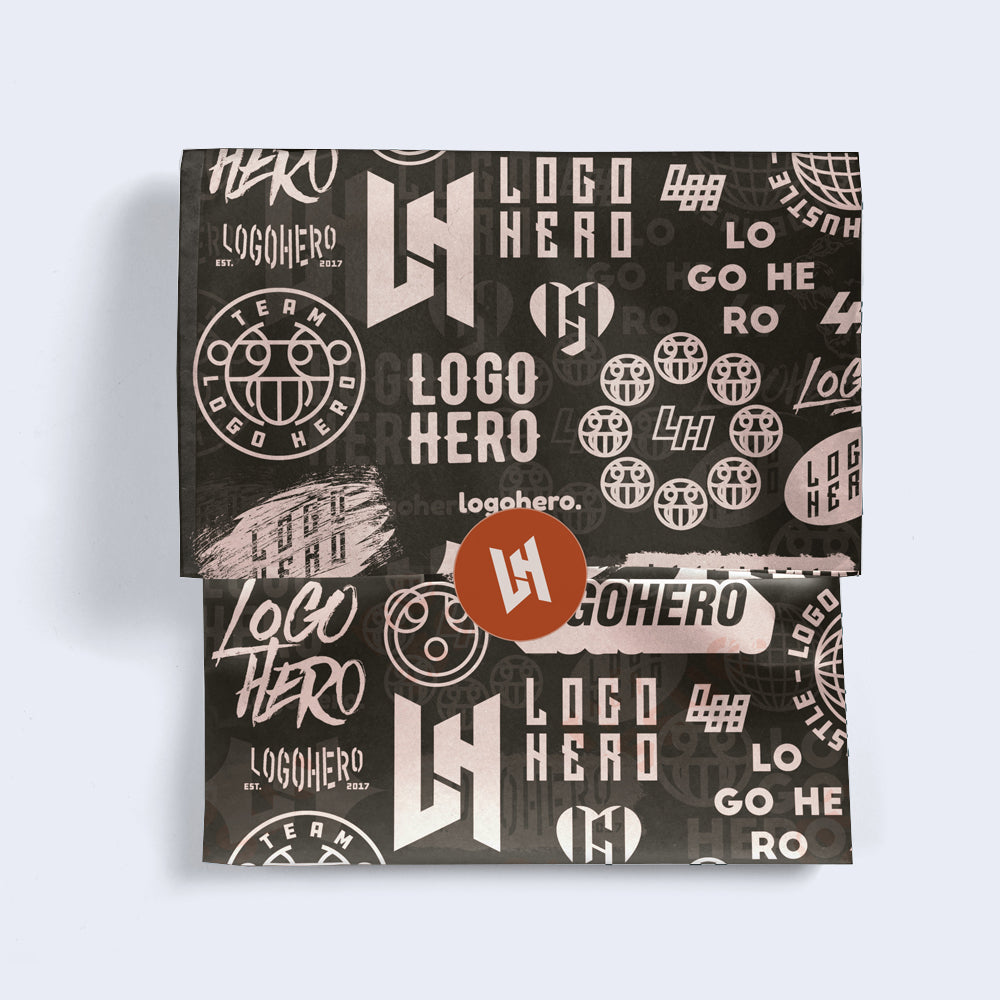Food Packaging An Essential Aspect of Modern Consumption
Food packaging plays a crucial role in our daily lives, influencing not only the safety and quality of our food but also the environmental sustainability of the products we consume. With the rise in global food production and consumption, effective packaging solutions have become more vital than ever. It serves multiple purposes preservation, protection, convenience, and communication.
One of the primary functions of food packaging is preservation. Proper packaging helps maintain the freshness and nutritional value of food items. For instance, vacuum-sealed packages reduce the exposure of food to air, thereby slowing down oxidation and spoilage. Similarly, the use of modified atmosphere packaging (MAP) can extend the shelf life of perishable items, enabling consumers to enjoy fresh produce long after it has been harvested. In this way, packaging acts as a guardian, protecting food from contaminants and environmental factors.
Beyond preservation, food packaging is essential in ensuring safety
. It protects food from external elements, including moisture, bacteria, and pests. Packaging materials such as glass, metal, and high-quality plastics provide a barrier that keeps food safe during transport and storage. Moreover, many packaging solutions now include tamper-evident features that offer consumers an added layer of security, reassuring them that the products they purchase are safe to consume.food packaging

Convenience is another critical aspect of food packaging. The modern consumer values convenience, and packaging innovations have catered to this need by offering easy-to-open, resealable, and microwavable options. Pre-packaged meals, snacks, and single-serve options have gained popularity, accommodating busy lifestyles while reducing preparation time. Additionally, clear labeling and information on packaging assist consumers in making informed choices, fostering a better understanding of nutritional content and food origins.
However, the increasing focus on convenience has also raised concerns about environmental sustainability. Traditional packaging materials, particularly plastics, contribute significantly to pollution and waste. In response, many companies are exploring eco-friendly alternatives such as biodegradable materials, recyclable options, and minimalistic packaging designs. Consumers are becoming more conscious of their purchasing decisions, frequently opting for products with sustainable packaging to reduce their environmental footprint.
In conclusion, food packaging is an indispensable element of the food industry. It not only preserves and protects but also offers convenience to consumers while posing significant sustainability challenges. As we move towards a more eco-conscious era, the evolution of food packaging will play a key role in shaping our health, safety, and environmental responsibility. Embracing innovative and sustainable practices is essential for a healthier planet and a more sustainable future in food consumption.



